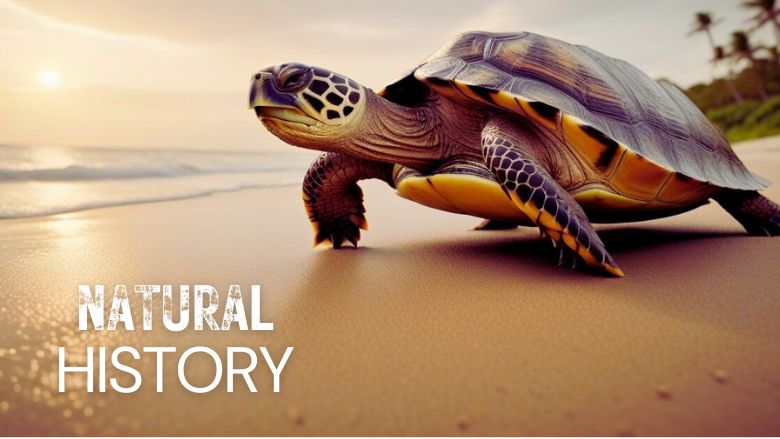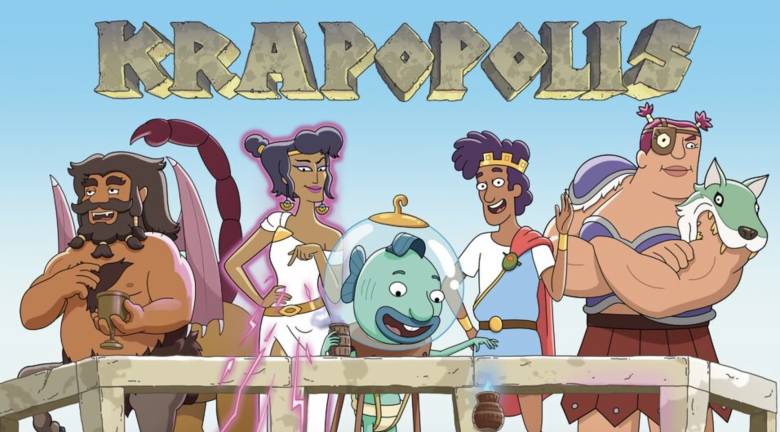Asia: massive continent, even more massive coastline. Like, longest in the world massive. And BBC One’s Asia’s Ocean Odyssey is taking us on a grand tour of this underwater wonderland. Forget your typical nature doc, this isn’t just pretty pictures of fish (though, spoiler alert, there are a lot of pretty fish). This series is diving deep—sometimes literally—into the bizarre, beautiful, and slightly terrifying lives of Asia’s marine creatures.
First stop: the Western Pacific, where Moorish idols – think glamorous, striped discus fish – stage a massive spawning event. It’s less romantic rendezvous, more shark buffet. Grey reef sharks crash the party, turning the whole thing into a high-stakes chase scene straight out of a nature documentary thriller.
Then we’re whisked away by the Indonesian Throughflow, a current so strong it creates actual whirlpools. Near Komodo, manta rays seem to treat these aquatic tornadoes like a lazy river, gracefully gliding through the chaos while snacking on plankton. Talk about chill.
Over in Java, we meet the dusky-gilled mudskipper, the fish equivalent of that friend who swears they’re “totally over dating apps” but is secretly swiping left on everyone. These guys have ditched the ocean entirely, spending their days on land, even scaling trees. Their big dating move? Building elaborate mud burrows. Seriously, these fish are more committed to real estate than most millennials.
As the current drags us across the Indian Ocean, we witness the ultimate “only child” energy: a baby sperm whale using a mangrove seed like a giant bouncy ball. This little guy’s got a lot to learn about buoyancy and sleeping upright (relatable), and thankfully, the adult whales are around for some much-needed parenting intervention.
In the Mediterranean, endangered dusky sharks have discovered the upside of industrialization. Apparently, hanging around a power station is basically a spa day for pregnant sharks, the warm water acting as an incubator for their babies. Who knew?
Meanwhile, in the Sea of Japan, the firefly squid are living their best, albeit brief, lives. After a year of chilling in the deep, they rise to the surface for one last hurrah: a glowing, synchronized spawning ritual before washing ashore in a bittersweet final act.
Back in the Pacific, it’s time to meet the sea bunny, a tiny, blind sea slug that looks deceptively cuddly. Its secret? A diet of pure poison. This little dude munches on toxic sponges, making itself a walking, swimming, slithering no-go zone for predators.
Finally, we’re introduced to the ultimate odd couple: black-banded sea kraits (marine snakes, NBD) and bluefin trevally. These two have formed an unlikely alliance, teaming up to flush out reef-dwelling snacks in what can only be described as a highly organized, interspecies flash mob.
Asia’s Ocean Odyssey premieres Sunday, 3 November 2024, from 6:20 pm to 7:20 pm on BBC One.
Asia’s Ocean Odyssey, BBC One, Wildlife, UK TV














